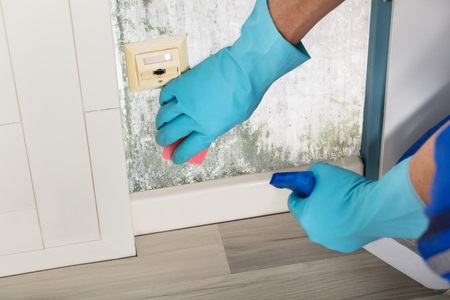
When you’re working through your to-do list for cleaning your home, you probably have countertops, bathrooms, and floors towards the top of the list.
However, cleaning your walls is an important part of home maintenance that you should be doing at least once a year.
A simple swipe of a vacuum likely isn’t enough especially if you’re cleaning a high-traffic room.
Take a look at the walls in your living room or kitchen, especially near doorframes and light switches.
- If you haven’t cleaned these walls in some time, you’ll probably notice a significant amount of dust and dirt building up.
Whether you are planning to spot clean latex-painted walls or do a floor-to-ceiling wipe down, the first step is to mix a few drops of dish detergent in with some warm water. Use an eraser sponge to clean, lightly scrubbing the area.
- Make sure to watch for dripping: if you don’t evenly apply water to the paint, it could cause discoloration.
For oil-based paints, you can add a mild de-greaser into to the detergent and water mixture. Follow the same steps, and use a gentle microfiber cloth to wash.
If you have stubborn spots that need a little extra attention, our eraser sponges should be able to eliminate them. Remember that if you rub too vigorously, you could remove some of the paint. Be careful to scrub in gentle circular motions to remove stains.
Even though washing your walls isn’t something you may think to do often, taking care of the paint on your walls will prevent long-term, hard-to-get-out stains and help maintain your home and paint.
Looking to purchase eraser sponges, or other products, for your next cleaning job? Visit Spongeoutlet.

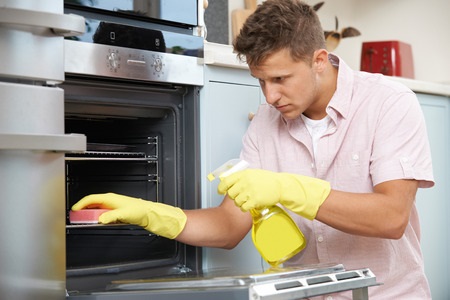
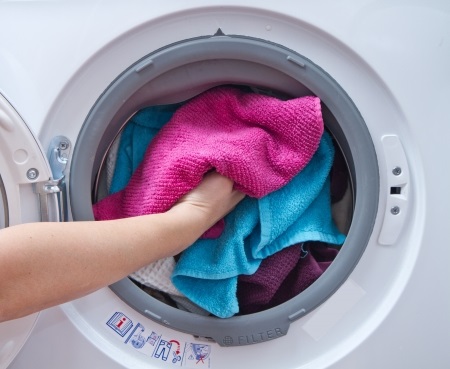
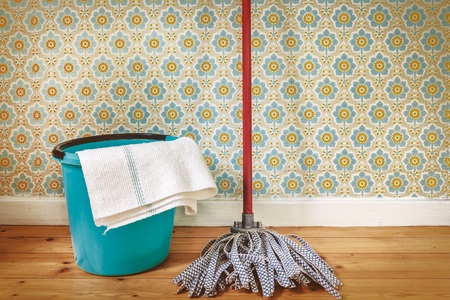

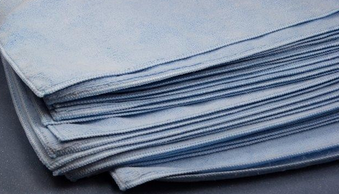

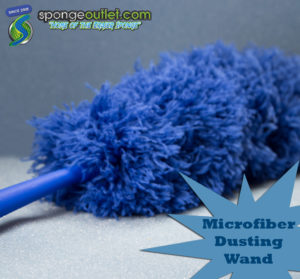 Many men are notorious for taking great care of their cars, as it should be. A car is a precious investment and something many of us love to show off.
Many men are notorious for taking great care of their cars, as it should be. A car is a precious investment and something many of us love to show off.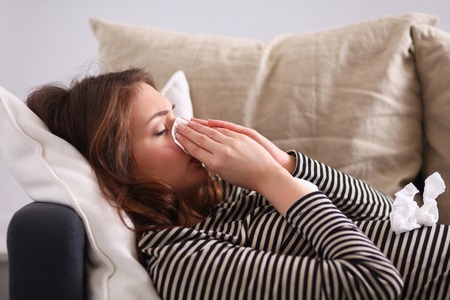
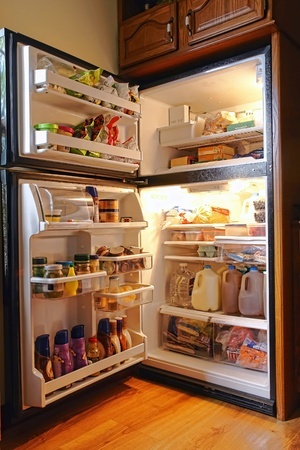
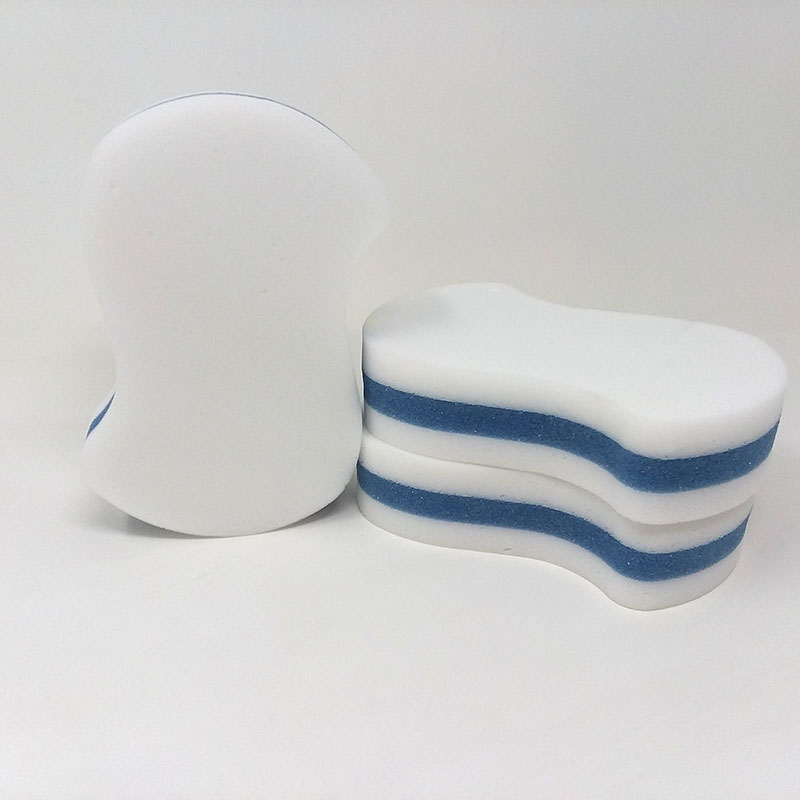 Clean Hard to Reach Objects
Clean Hard to Reach Objects